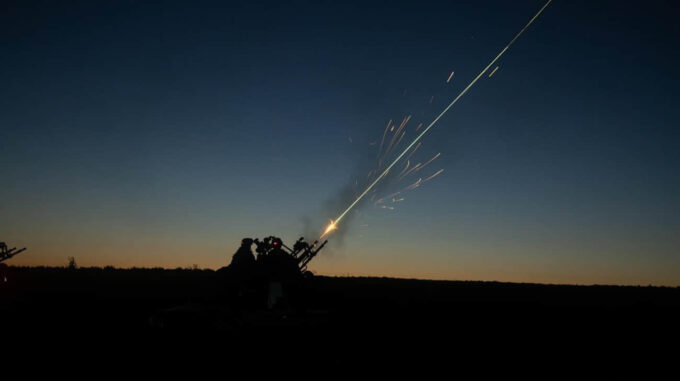During the night of June 2, the Ukrainian defensive system had to once again resist a large-scale attack by Russian forces, which employed drone and ballistic strike means

According to the Ukrainian Air Force Command, at the border of the night, the enemy carried out 80 air targets—including drones and decoys—as well as several missile strikes. In total, the Russians activated 80 attack drones of the Shahed type and other UAV models, and also launched three ballistic missiles of the Iskander-M or KN-23 type, as well as one cruise missile of the Iskander-K type. The main directions for these strikes were populated areas in Kharkiv, Chernihiv, Donetsk, and Kherson regions, confirming the scale and targeted nature of this aggression. Preliminarily, by 8 a.m., Ukrainian air defense managed to neutralize 52 air attack means. Among them, 15 were destroyed enemy Shahed UAVs and their decoys attempting to penetrate the airspace. It was also recorded that another 37 objects—mostly missiles and unmanned systems—were suppressed or taken under control by electronic warfare measures, demonstrating a high level of professionalism and coordination in Ukraine’s air defense. Detailed data on inflicted damages indicate that at least 12 targets across various regions of Ukraine were damaged or destroyed. Hits were recorded on critical infrastructure facilities and residential areas, again emphasizing the targeted nature of Russian aviation and UAV operations. In response, Ukrainian military forces employed all available air and ground air defense support—anti-aircraft missile systems, electronic warfare units, and mobile fire crews. Through joint efforts, they succeeded not only in intercepting the majority of enemy targets but also in minimizing destruction and casualties among the civilian population. Overall, the night attack once again confirmed the high activity and deliberate application of modern technologies by Russian forces in striking Ukrainian positions. Ukraine continues to strengthen its air defenses to counter these challenges and protect its territory and population from the destructive consequences of aggression.

